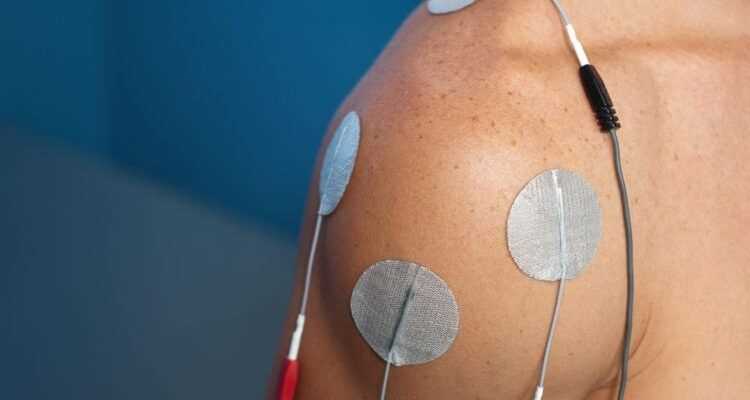Each heartbeat is characterized by an impulse that passes through it. This wave contracts the heart muscle so that it expels blood from the heart. An electrocardiogram (ECG) is a test that assesses the functioning of the heart by measuring electrical activity. This examination therefore makes it possible to observe whether the cardiac activity is normal or irregular.
Electrocardiogram: in which cases is it recommended?
An electrocardiogram (ECG) measures heart activity. This examination is prescribed in particular for patients with arrhythmia, heart rhythm disorders, but also for people affected by chest pain or palpitations.
What pathologies are detected using an electrocardiogram?
An ECG test identifies the different heart conditions. In particular, it identifies:
- arrhythmia which sometimes leads to blood clots,
- a myocardial infarction, the electrocardiogram also determines the affected area,
- angina, lack of oxygen supply to the myocardium,
- a recent or ongoing heart attack,
- blockage of the coronary arteries,
- damaged areas on the heart muscles,
- coronary artery disease, narrowing or blockage of the coronary arteries,
- tachycardia (rapid heart rate),
- bradycardia (slow heart rate),
- myocarditis (inflammation of the myocardium),
- a decrease in the volume of the heart,
- pericarditis (inflammation of the heart membrane),
- non-cardiac conditions such as electrolyte imbalances and lung disease.
An electrocardiogram also provides medical follow-up. In particular, it monitors the recovery of a patient who has suffered a heart attack, the progression of heart disease, the effectiveness of certain drugs or a pacemaker. In addition, when a person is going to undergo a heavy operation, the realization of an electrocardiogram is recommended to rule out the risks of heart disease.
Electrocardiogram: how does an ECG work?
Before the exam: It is not recommended to apply creams on the body a few hours before the start of the EKG. The patient does not need to be fasting, but the medical team will ask them to remove their jewelry for the exam.
It is possible to keep your top on during the exam if it has an easy opening on the front. During the electrocardiogram, the patient lies on his back. The practitioner has electrodes on different parts of his body such as the arms, legs or chest. To perform an EKG, a minimum of six should be placed on the patient. These are equipped with sensors that detect the electrical activity of the heart. This test is painless and lasts five to ten minutes.
For some patients, the electrocardiogram is performed during sustained and intense physical exertion. The person performs a physical test on a treadmill or an ergonomic bicycle whose speed gradually increases. There are fewer electrodes than the resting EKG. This exam determines the heart rate, but also the respiratory rate and the blood pressure.
Who interprets the results of an EKG?
When a person complains of heart pain, their doctor can prescribe an electrocardiogram. The healthcare professional can perform this examination if he has the approved equipment or send his patient to a hospital or a cardiology office. The results of an electrocardiogram are interpreted by the attending physician or the cardiologist. They are presented in the form of a trace which determines whether or not the cardiac activity presents anomalies.
Electrocardiogram: is this examination risky?
In most cases, an EKG poses no risk to the patient. However, depending on the type of heart problem, the physical stress test may be more complicated for some patients. Don't panic, at the slightest alarming symptom, the exam will be stopped by the medical team.
Read also :
⋙ Cardiovascular diseases: a cardiologist alerts women to the alarm signals to be taken into account
⋙ Cancers, cardiovascular diseases: the list of foods to ban to protect yourself
⋙ Cardiac amyloidosis: what is this little-known disease also called "Alzheimer's of the heart"?
